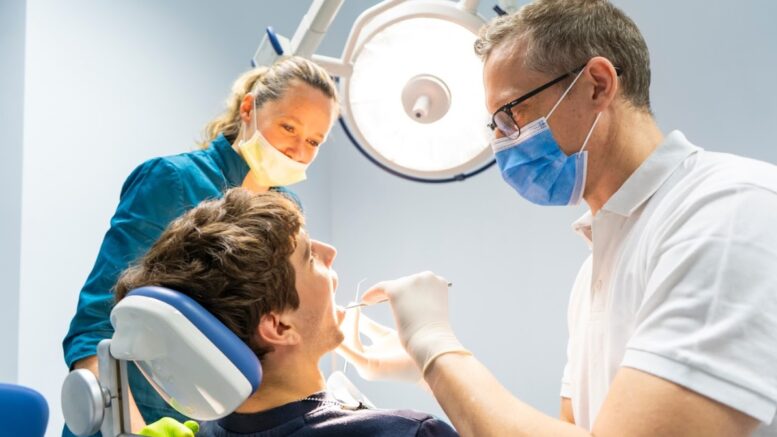To provide high-quality patient care and maximize practice efficiency in the continually expanding field of dentistry, remaining updated with the most recent dental equipment is crucial. Numerous cutting-edge dental tools have been developed thanks to technological advancements to enhance patient comfort, treatment effectiveness, and diagnostic accuracy.
In this article we examine the top-selling dental equipment, showing its advantages and how it helps to improve dental practices.
1. Embracing Advanced Dental Equipment:
Modern dental practices depend heavily on dental equipment, which enables dentists to deliver effective, precise, and comfortable treatments. The most recent dental equipment incorporates cutting-edge technology to improve all facets of dental care, from diagnostic tools to treatment devices. Dentists may develop their practice and provide patients with the greatest care by implementing these innovations.
2. Intraoral Scanners:
Dental impressions are now taken differently thanks to intraoral scanners. These portable tools replace the need for messy and painful traditional impressions by taking perfect digital impressions of a patient’s teeth and soft tissues. In addition to saving time, intraoral scanners offer more precise and thorough information for prosthetics, orthodontic procedures, and restorations.
3. Cone Beam Computed Tomography (CBCT):
The 3D imaging method known as cone beam computed tomography, or CBCT, was created especially for the dental industry. The teeth, jawbones, and facial bones of a patient are all captured in CBCT scans in great clarity and great detail. For operations including implant placements, orthodontic therapy, and endodontic treatment, this cutting-edge imaging technology helps with an accurate diagnosis, treatment planning, and surgical guiding. CBCT helps dentists better analyze complex cases, which leads to better treatment outcomes and fewer hazards.
4. Dental Lasers:
Due to their adaptability and low level of invasiveness, dental lasers have become increasingly popular. These tools produce concentrated laser beams that can be utilized for soft tissue surgery, cavity preparation, and teeth whitening, among other dental procedures. Dental lasers have several benefits, including precision, less bleeding, less postoperative discomfort, and quicker recovery. Dental lasers can be used in a practice to improve clinical effectiveness, increase patient comfort, and broaden the variety of accessible treatments.
5. Digital Dental Radiography:
In many dental offices, digital dental radiography has taken the place of traditional film-based X-rays. Dental professionals can more quickly assess and diagnose dental issues because of digital sensors’ instantaneous high-resolution image recording. Numerous advantages of digital radiography include less radiation exposure, quicker image processing, better image quality, and the ability to store and share patient records digitally. These benefits enhance workflow efficiency, facilitate better patient and team communication, and improve diagnostic accuracy.
